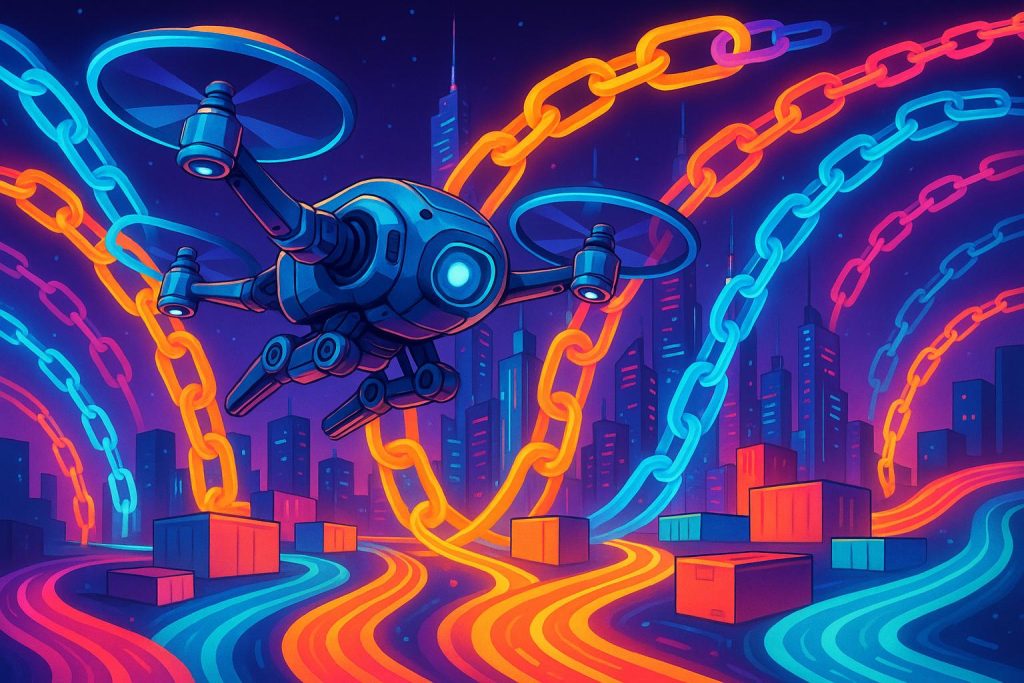Listen to the article
Emerging AI-powered predictive logistics are revolutionising supply chain management by enabling companies to preempt disruptions, optimise operations, and enhance customer satisfaction in an increasingly complex market.
Delays have long been a bane of logistics, souring customer experiences and inflating costs for businesses both large and small. In today’s fast-paced marketplace, the stakes are higher than ever: a late delivery can mean lost revenue, diminished trust, and widespread operational disruption. Yet, a growing wave of innovation promises to turn this challenge into an opportunity. Predictive logistics, powered by artificial intelligence (AI), is transforming supply chain management from reactive troubleshooting to proactive orchestration.
At its core, predictive logistics uses AI-driven data analysis to anticipate and mitigate potential disruptions before they occur. By continuously monitoring variables such as traffic patterns, weather forecasts, supplier reliability, and customer demand trends, these systems function like an ever-vigilant adviser, nudging companies toward smarter decisions. Much like checking a weather app before heading out, businesses leveraging predictive logistics can reroute shipments, optimize inventory levels, and better match supply with anticipated demand.
The tangible benefits of this approach have already been demonstrated by leading companies. Amazon, for instance, famously employs AI for demand forecasting and strategically positions inventory close to predicted points of high consumption, cutting delivery times dramatically. Similarly, DHL utilises AI to dynamically adjust routes to avoid traffic congestion and adverse weather, while Walmart relies on predictive systems to maintain stock availability, especially during critical sales periods. These examples underscore that predictive logistics is no longer a futuristic concept but an operational reality delivering significant competitive advantages.
According to Gartner, AI and machine learning are revolutionising supply chain efficiency by enabling predictive analytics, automating complex decisions, and enhancing risk management capabilities. This extends across diverse functions including transportation visibility, warehouse slotting, and supplier relationship management. IBM echoes these insights, highlighting how AI’s ability to analyse vast, real-time data sets facilitates improved demand forecasting, inventory control, and supply chain visibility—creating a more responsive, adaptive system.
Emerging AI applications promise to push these efficiencies further. Amazon is advancing AI-powered warehouse robotics capable of multitasking from unloading to picking, alongside generative AI that refines delivery mapping for drivers navigating intricate urban environments. FedEx has recently invested in Nimble’s AI robotics to boost its supply chain operations, particularly for e-commerce fulfilment, signalling a broader industry commitment to automation and AI-enhanced logistics frameworks. Meanwhile, Starbucks’ deployment of handheld AI inventory systems across thousands of stores illustrates how AI can drastically increase inventory accuracy and reduce stockouts, further enhancing customer satisfaction.
Despite its promise, predictive logistics faces challenges, notably the quality of underlying data, integration with legacy systems, and initial setup costs. However, industry experience shows these hurdles are typically outweighed by long-term savings, improved reliability, and the reduction in costly delays. AI-powered supply chain optimisation strategies illustrate not only how companies can anticipate demand and optimise inventory but also achieve greater transparency and predictive maintenance, all contributing to more resilient operations.
Looking ahead, the future of supply chain logistics is poised to be smarter and more autonomous. Innovations such as self-driving trucks and drones could revolutionise delivery speed and consistency, while Internet of Things (IoT) sensors promise real-time monitoring of package location and condition. Moreover, AI-driven personalisation could tailor delivery schedules and options to individual customer preferences, creating a new benchmark for service quality.
Ultimately, predictive logistics powered by AI is equipping businesses with a form of crystal ball—one that enables preemptive action to avoid costly delays, reduce wasteful spending, and enhance customer loyalty. For enterprises prepared to invest in these technologies, the payoff is substantial: streamlined operations, happier customers, and a resilient supply chain capable of thriving in an increasingly complex world.
📌 Reference Map:
Source: Fuse Wire Services


